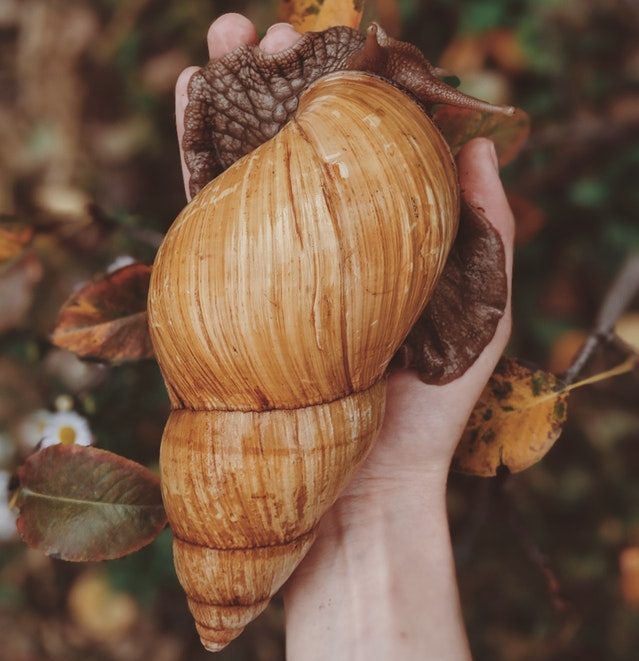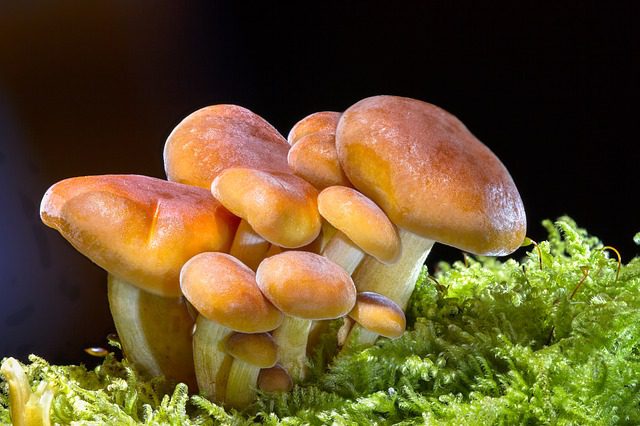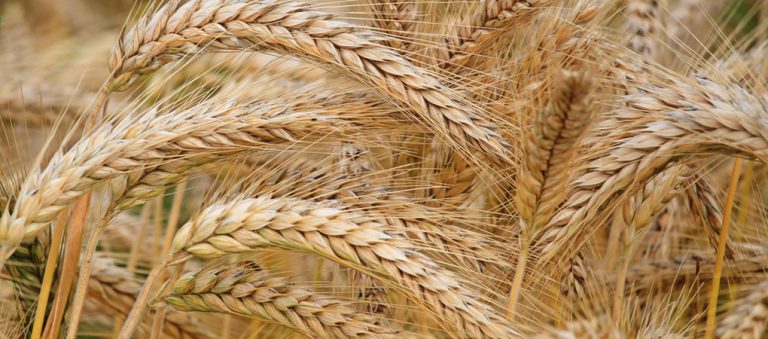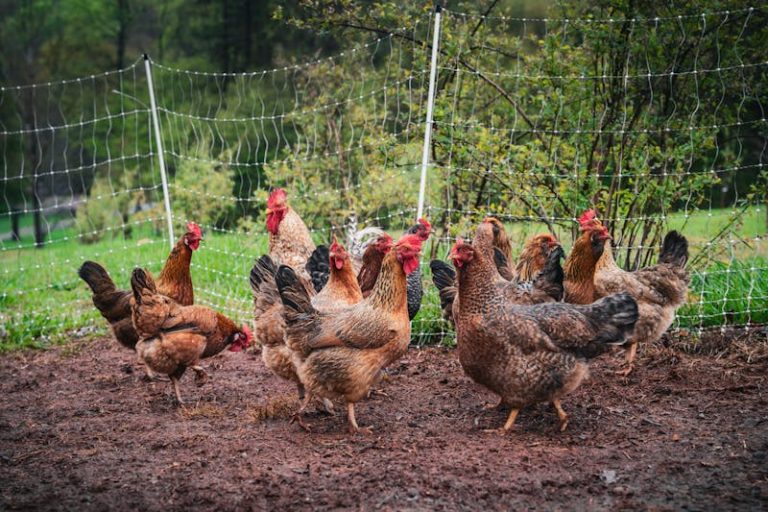Are you looking for an alternative profitable agriculture business idea in Kenya?
In this post, agcenture will explore snail farming in Kenya. Besides, you will find the best tips on how to raise them such as the best species and snail farming production systems.
What is snail farming?
Heliciculture or snail farming, is the process of raising edible land snails, primarily for human consumption or cosmetic use. The meat and snail eggs can be consumed as escargot and as a type of caviar respectively. Their Mucus, or the snail slime, has medical properties and is widely used in cosmetics.
Related
What is the value of snail farming global market?
The global snail farming industry is a $12 billion industry. They are raised for their snail meat and snail eggs that are cooked as escargot and as caviar respectively. The two are some of the most popular snail dishes or recipes in Italy and France. Finally, snail mucus or slime has many medical properties. It’s widely used in the cosmetic industry.
Where can you sell snail products in Kenya?
There is a high demand for snails and their products abroad and locally. They include HACO industries which are Looking for local high-quality slime, BIDCO which can buy snail shells to make good animal feeds and JKUAT which buys snail slime at Ksh 1200 per liter.
Snail meat cultivation and consumption is most popular in Europe. The leading markets are France, Italy and Spain. The other countries with a significant market are the USA, China, and Indonesia.
According to research, snail farming is one of the fastest-growing commercial farming ventures in Africa given its low-cost high returns benefits. The leading snail-farming countries in Africa are Algeria, Nigeria, Ghana, and Cote d’Ivoire. In Kenya, it generates a lot of interest among young commercial farmers and research institutions such as the JKUAT.
Which are the best snail species for farming?
There are many snail species that you can grow in your farm. They include the sea and land snails. the 3 land snail species that are edible and commercially grown in Nigeria (Africa) are;
- Archachatina marginata (Giant West African Snail)
- Achatina Achatina (Giant Ghana/Tiger snail)
- Achatina Fulica (East African Land snail)
| Achatina Achatina | Archachatina Marginata |
|---|---|
| Weighs 150-200 grams | Weigh 150-200 grams |
| Measures 90-130 mm | Measures 90-130 mm |
| Strong brown shell | Strong brown shell |
| Matures in 2 years | Mature in 2 years |
| Lays 100-300 eggs (1-2 times) per season | Lays 5-10 eggs (4-8 times) per season |
On the other hand, Helix Pomatia and Helix Aspersa are the common escargot or garden snails. They are commonly farmed in Europe and the USA.
The key features of the best snails for farming are summarized in the table below.
| Helix Pomatia | Helix Aspersa |
|---|---|
| Weighs 15-25 grams | Weighs 4-20 grams |
| Measures 40-50 mm | Measures 30-45 m |
| Has a strong shell that is pale brown and off-white | Weak shells with broken stripes which are light brown to black |
| Matures in 2-3 years | Matures in one year |
| Lays 30-50 eggs per season | Lays 40-170 eggs (1-3 times) per season |
Why you should consider commercial snail farming
Below are the best benefits of snail farming in Kenya.
- Available Market for snails and products. Snail meat consumption in Kenya has a growing niche market and demand among Ghanaians, Cameroonians, Nigerians, Senegalese, Sierra Leoneans, Togolese, South Americans, and Asian immigrants living in the country.
- Profitable; Snail products are highly profitable in Kenya compared to other crop, livestock, and poultry products. Snail meat sells for sh.2,000 to 3,000 per kilo, while beef sells for around sh.500 per kg. Snail slime and snail shells have a high demand among potential buyers such as HACO industries, JKUAT, and BIDCO. Snail slime can be sold for sh.1200 per liter compared to sh.50 for a liter of raw cow milk.
- Cheap to establish; Snail farming is easy to start and does not require high costs. It requires an investment of around $1500 and uses readily available herbs, fruits, and vegetables for feeding. Snail farming requires a small space, making it suitable for urban farming and addressing the challenges faced by women and youth farmers in accessing land in Africa.
- Health and Nutrition Benefits: Snail meat is highly nutritious, containing protein, fat, iron, calcium, vitamins, and minerals.
- Diversification; Snail farming provides diversification opportunities, such as selling juvenile snails, snail shells, and snail slime, and offering consulting and training services to other farmers.
Challenges facing snail farmers
Which key risks are you likely to face as a snail farmer in Kenya? Some of the common challenges according to successful snail farmers in the region include;
Pests & predators; Snails are quite vulnerable to predators such as lizards, caterpillars, rats, ground beetles, termites, and spiders. Flies on the other hand lay eggs and the maggots end up eating the snails.
Marketing; Snail consumption is still treated with disgust among many potential consumers.
How much does it cost to start & run a snail-farming business
Wondering how much money you will spend to establish and run a snail business in Kenya? Studies have indicated you will need a minimum of $1500 or Ksh 150,000 to start a snail business in Kenya. The cost includes both the capital/ fixed expenses and the working capital.
The table below is a summary of the key costs with a brief explanation.
| Item | Description |
|---|---|
| Rent (optional) | Leases or rent monies payable to use land or buildings for your snail farming where they are not owned |
| Greenhouse & Hutches | Construct a 15 by 8-meter house slainery to shelter them from weather, predators, and thieves. |
| Equipment | Equip your snail farms with farming tools and equipment needed in daily care and snails handling such as PPE, Shovels, weighing machines, etc. |
| Breeding snails. | Cash paid to buy small or juvenile stock to fill in your pens. To lower this cost, you can gather some from the wild |
| Salaries & wages | Expenses to pay farm managers and workers on your snail farm. |
| Snail food & calcium supplements | Purchases for vegetables, herbs and fruits from the market. Other cost is for purchasing calcium supplements to strengthen their shells. To lower the cost, grow some of your own food and rely on kitchen wastes and scraps. |
| Maintenance & Repairs | Expenses on normal repairs and maintenance on farm assets. |
| Marketing costs. | Cash is needed to prepare and transport mature snails from the farm to the market. These may include transport, fuel, etc. |
| Utilities | Your expenditure on electricity bills, water bills, insurance, telephone, internet etc. |
| Taxes | A portion of your income payable to the tax authorities as well as cess and levies to the county government |
| KWS Permit | A sh 1500 permit from Kenya Wildlife Services to allow your wildlife farming. |
How much money can you make farming snails?
According to a successful snail farmer in Nakuru, Kenya, You can get between Ksh2,000 and Ksh3,000 per kilo of Giant African land variety (Achatinide fulica), snails. The money you can make will depend on the snail population in your farm. Other snail products such as snail meat sell for Ksh 1500 while snail slime is sold at sh 1200 per litre.
In the table below, see an estimate of income from a 7000 snails farm.





Hi its very interesting kindly,am looking forward to learn from u
Assist me please with buyers of snail slime and their contacts?